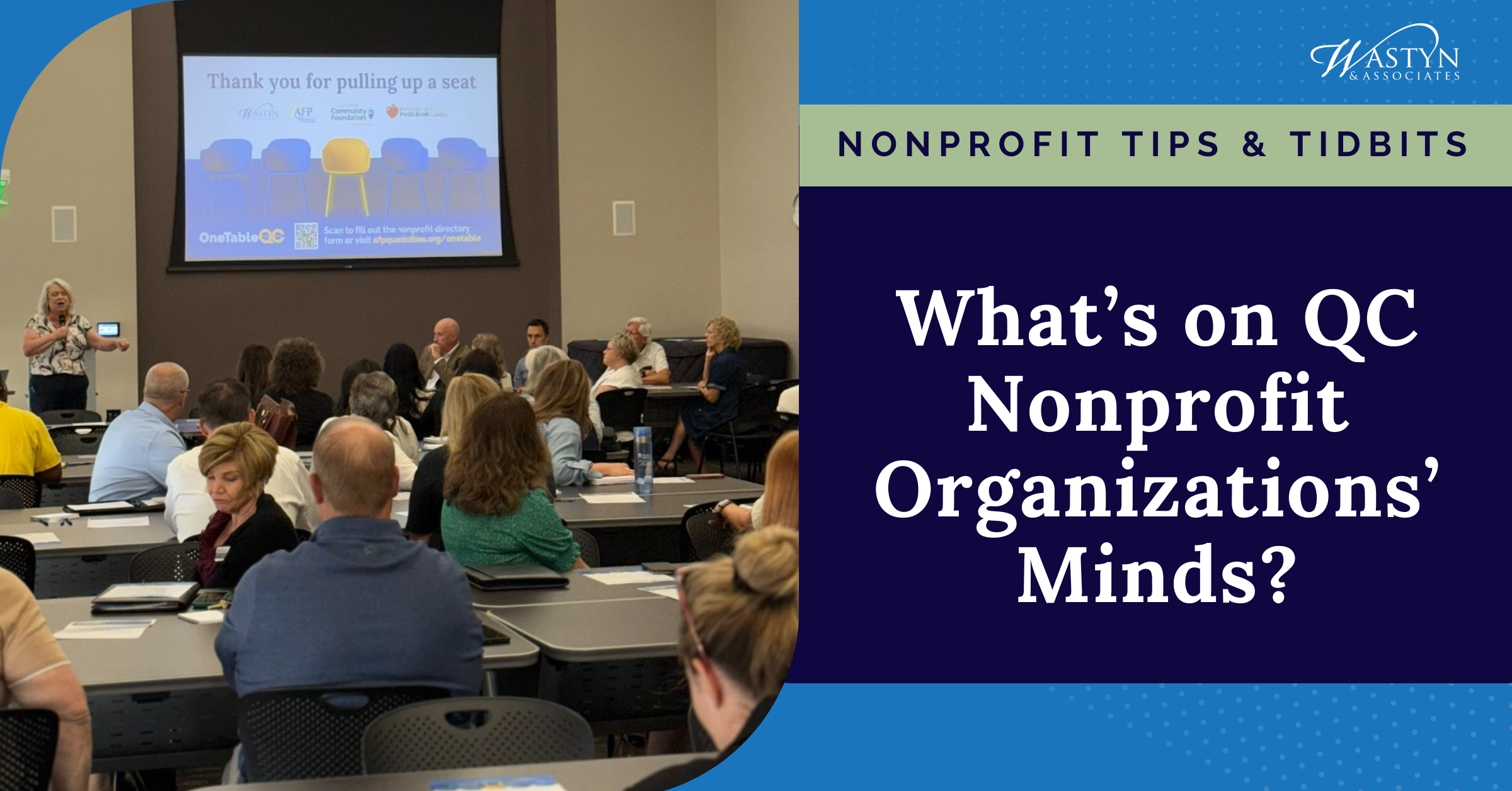5 Keys to An Effective Board
I spent two and a half days at the end of June sweltering in New Orleans at the BoardSourceCertificate Program for Nonprofit Consultants. Hands down, I will tell you it was one of the best training sessions I have ever attended. Not only did we have great hosts (Thank you, Greater New Orleans Community Foundation), awesome presenters (shout to Susan Decker and Andy Davis), and a stellar curriculum (yeah, BoardSource), I also met some wonderful board governance consultants from around the county (and the world!) and brought back some great nuggets of information about ways to maximize the effectiveness of nonprofit boards through improved governance activities.
What did I learn? My five takeaways of ways to build a more effective board.
Know your roles and responsibilities.
Boards and board members have a legal obligation for the care and shepherding of the organization. Unlike a for-profit company, no one owns a nonprofit. Or everyone owns a nonprofit, depending on your perspective. They exist for the common good. Because not every “owner” can govern the nonprofit, we entrust that role to the board. They bear responsibility for assuring the organization’s financial, legal and ethical standing and assure they can meet the needs of the community today, tomorrow and well into the future through strategic thinking, planning, and action.
Does your board make a strategic difference for your organization?
Board members have an obligation to actively engage with the organization.
Susan differentiated between “sitting on a board” and “serving on a board.” Individuals that “sit” on boards do just that – they take up a seat. They may or may not attend meetings and do little else. Those who SERVE on boards actively help advance the organization’s mission and improve the lives of their community.
How many of your board members sit on and how many serve your board? When you accept a role on a board, are you prepared to actively work to advance the mission of the organization?
Effective boards actively engage their board members.
Somewhat the flipside of #2, engagement and active service do not just happen. Someone makes them happen. For organizations with staff, staff assure that every board member has a role on the board: serving on a committee, providing carefully-selected guidance and counsel to staff, serving as an organizational ambassador, and advocating for the organization and its cause. And yes, every board member should financially support the organization to the best of his or her ability. Staff need to help board members understand these roles and give them the tools to successfully engage with the organization. For organizations without staff, the board chair or other board members fill this critical role.
When did you last ask a board member specifically to do something for your organization (beyond attend a meeting or make a gift)?
Effective boards evaluate.
You can’t know if your actions have their intended outcomes if you never measure then. Effective boards evaluate themselves, their board members, and their executive (executive director, CEO or whoever serves as the most senior staff person). As the old saying goes, what you measure gets done.
Do you define effectiveness and have some way to regularly measure it? And then, do you change your behaviors based on those measures?
Effective boards use their members’ time and talents wisely.
Notice I did not include treasure. Board members should absolutely give (see, I said it again!). But boards should consist of more than large donors; they should include people with the talents the organization needs to move forward. And, board meetings should include ample opportunities to discuss important strategic issues facing the organization. A trained monkey can say “aye” to a list of agenda items or listen to staff drone on and on about how wonderful they are.
Do you treat your board members like trained monkeys or intelligent professionals?
Implement these five tips and see if your board starts to make a larger (positive) impact on your organization and the clients you serve.
Oh, yeah, and the muffulettas, gumbo, and beignets weren’t bad either!












